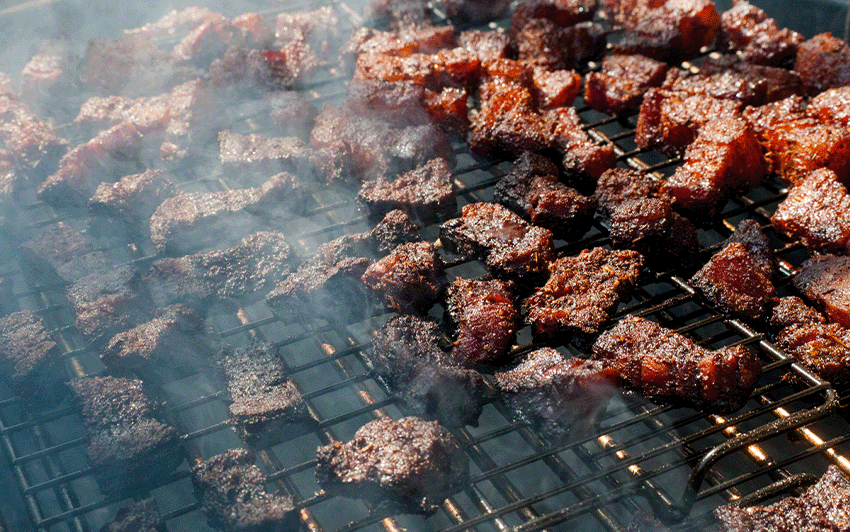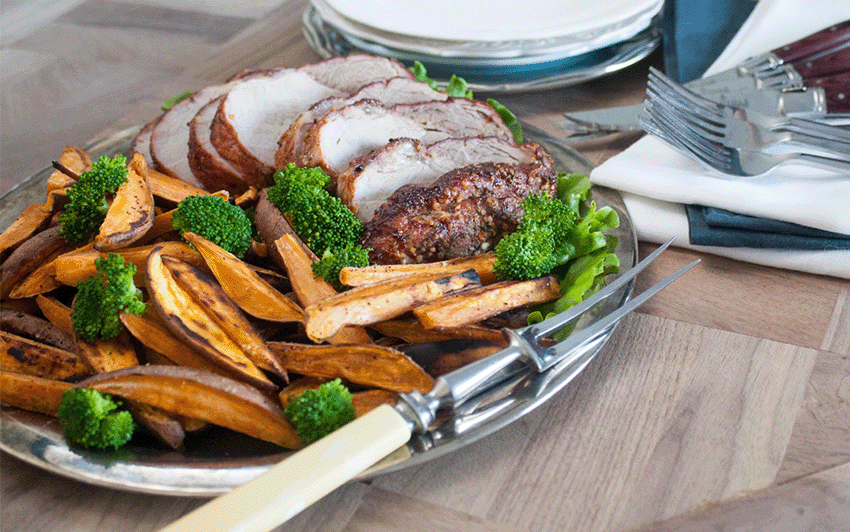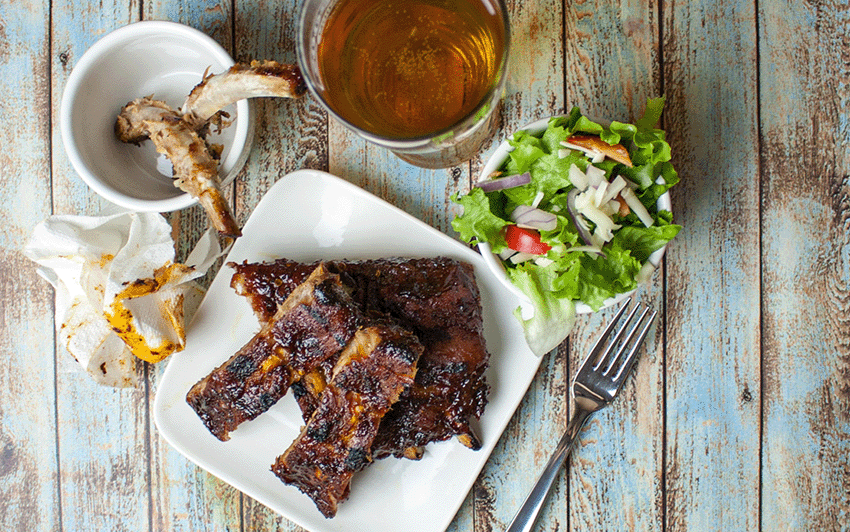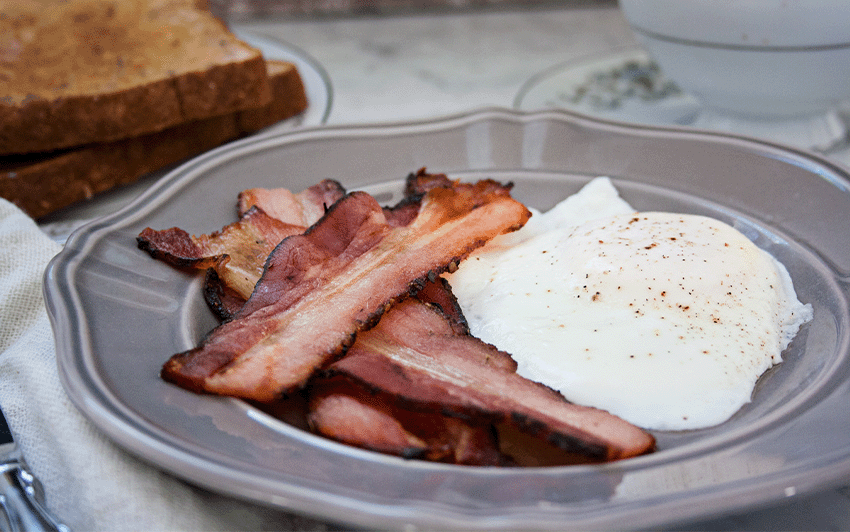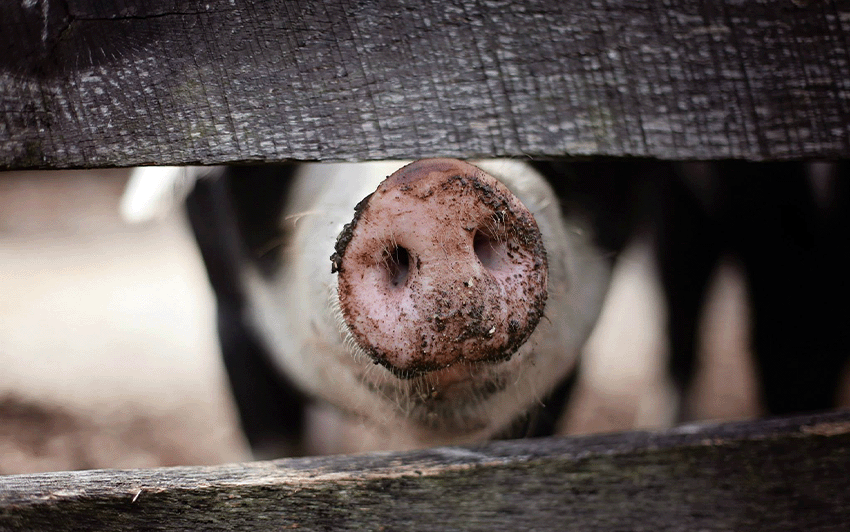
The Safe Temperature For Pork & Other Meat Myths
Pork is a staple in many households, but is often met with groans of dismay. Why is that you may ask? Pork has a tendency to be overcooked, left dry, and flavorless, and not even the thickest dousing of sauces will save that leathery mess on your plate. But why is it that people overcook pork when it isn't necessary? In this blog article, we will explore the safe cooking temperature for pork and dispel some other myths that you may have heard about pork.
Myth 1. Pork Needs to be Cooked Well
Pork does need to be cooked well, but not how you think. Well, as in properly and with expertise, not until it's a dry and flavorless lump. When cooking pork chops, roasts, ham, and loins - tender or otherwise - you only need to cook to a minimum temperature of 145°F and then rest for 3 to 5 minutes. For ground pork, a temperature of 160°F is required.
Pork chops, roasts, ham, and loins minimum temperature of 145°F and then rest for 3 to 5 minutes. For ground pork a temperature of 160°F is required.
Is Pork Safe at Medium?
There is a fear in most people when it comes to eating pork, it was passed down from generation to generation. Pork MUST be cooked into oblivion so that it is safe to eat. The reason for this is the trichinosis parasite. However, modern practices have reduced the occurrence of this parasite to virtually nothing. In fact, the only cases that have cropped up at all are due to people eating wild game that has not been cooked to a safe internal temperature.
If there is still any concern, freeze your pork cuts that are 6-inches thick or less for at least 20 days at a temperature of 5°F / -15°C. This kills any of the trichinosis worms that could be present. This ensures that you can cook your pork to a safe and delicious temperature of 145°F / 63°C. However, this is not applicable to wild game, which could be infected with other parasites that may not be affected by these conditions. Game should be cooked to the prescribed safe temperatures as laid out by the recipe or governing bodies.
Myth 2. Pork is White Meat
Yes; pork is a lighter color when cooked -that is because it contains less myoglobin. Pork is livestock like beef and lamb, and all livestock is considered red meat. The "Pork - The Other White Meat" campaign began in 1987 in a bid by the pork industry to encourage people to consume and prepare pork over chicken. It was also in direct retaliation to the "Beef - It's What's For Dinner" campaign.
Myth 3. Pork is Full of Fat & Unhealthy to Eat
While you don't want to be consuming ribs and pork belly on a daily basis, for the most part, pork is actually quite lean. Some cuts can even be leaner than a chicken breast! A properly trimmed pork tenderloin contains 0.05 grams less total fat than a skinless chicken breast and many chops and roast cuts have less than 10 grams of fat per serving. Furthermore, most pork cuts are, on average, 16% leaner than they were about 20 years ago.
Fat is a necessary part of your diet and essential for living. The overconsumption of bad fats is where we get into trouble. Fat from pork is not necessarily unhealthy; it is factory-farmed animals in general that have higher levels of the "bad" fats (Omega-6-Fatty Acids) that we tend to overconsume in the first place. This is because these animals cannot exercise as they should. You can avoid this by purchasing your meat from a local butcher who is conscientious of where their products come from. This has the added benefit of supporting your local small business.
Myth 4. Pork is Full of Nitrites & Nitrates
Any meat cured with saltpeter, sodium nitrite, or monosodium glutamate (MSG) should be consumed in moderation because they have been linked to health problems. That goes for all cured meats, not just bacon. Meat can be preserved in more traditional ways too, by using smoke and other kinds of salt. These products are readily available for the conscientious shopper. Nitrates are a whole different thing and are actually naturally occurring. There are more nitrates in your handful of arugula (and even your own saliva) than in your bacon.
Myth 5. Pigs are Dirty & Full of Disease
Many assume that pigs are dirty and full of disease, however that just isn't the case. A pasture-raised pig is more nutritious. They spend their time foraging in the sunshine, eat a diverse omnivorous diet, and happily bathe in fresh water. This makes their pork fat a nutritious source of Vitamin D, the meat is antibiotic and hormone-free, and they are leaner in a good way. Yes, these pigs will also wallow in mud, but when provided with a clean environment they will mess in a designated area, leaving themselves with "clean" mud to use as protection from the sun and bug bites. Factory-farmed pigs do not receive these opportunities.
Pork is a lean and healthy source of vitamins and minerals that belongs on the menu rotation. When prepared properly, pork provides plentiful opportunities for pleasing meals. What will you make now that you know the safe temperature to prepare pork and we’ve dispelled other porcine meat myths? Share your favorite pork recipes on our socials using the hashtags #deliciousPork and #NapoleonGrill.
Happy Grilling!
